Whether you’re enrolling ground into a conservation program, trying to increase grazing or creating your own wildlife sanctuary, utilizing a diverse mixture of native forbs and grasses allows for more potential to reach your goals and get the most out of every acre.
The USDA Conservation Reserve Program (CRP) is a federally-funded voluntary program that contracts with agricultural producers so that environmentally sensitive agricultural land is not farmed, but instead devoted to conservation benefits. Participants aim to establish these areas in hopes to control soil erosion, improve water quality and develop wildlife habitat.
According to the USDA, the 2018 Farm Bill has 27 million acres of American soil available to be enrolled in various conservation programs. As this number counts for only 10 percent of America’s total acres, it is important to maximize use and get the most out of each and every project.
Below are the main groups of grasses and forbs that makeup native grasslands and their respective benefits:
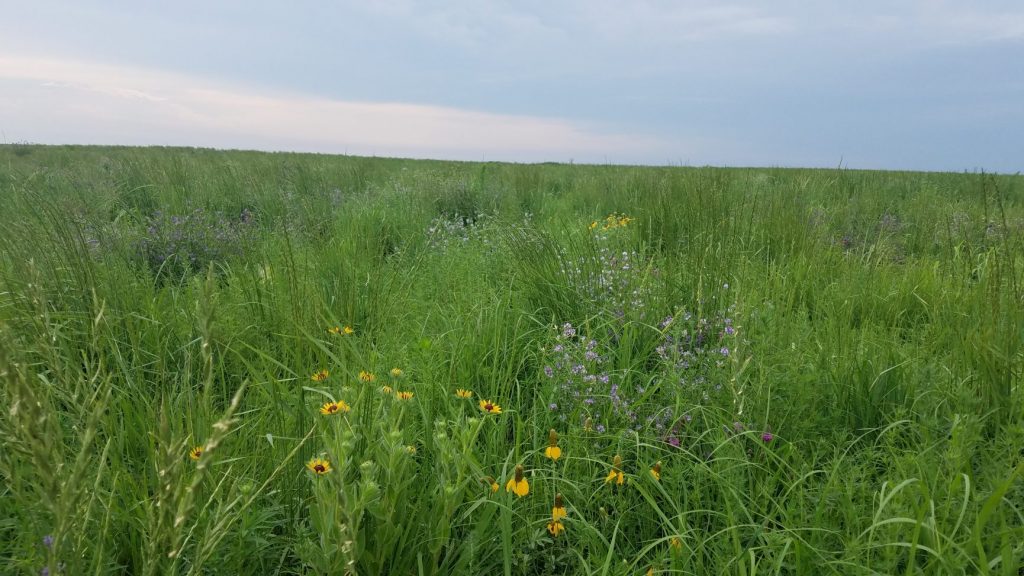
Native Warm Season Grasses
- Excellent standability to provide winter cover, even in the harshest of winter environments.
- Increased haying and/or grazing source when managed correctly.
- “Bunch grass” growth provides adequate overhead cover for all wildlife, while maintaining an open understory. This is a great start for pheasant and quail brood habitat.
Native Cool Season Grasses
- Rapid establishment and growth early in the spring to provide waterfowl, upland species and many other ground nesting species a place to nest each year.
- Regeneration of growth or “green up” in the early fall months when soil temperatures decrease for livestock and wildlife grazing.
Native Forbs
- Blooming species attract insects which provide a food source for young pheasants, turkeys and waterfowl.
- Pollinator benefits throughout the entire growing season with correct species selection.
- Many native forbs have rigid stems, allowing them to not only provide food and cover in spring and summer, but also remain standing through the winter months.
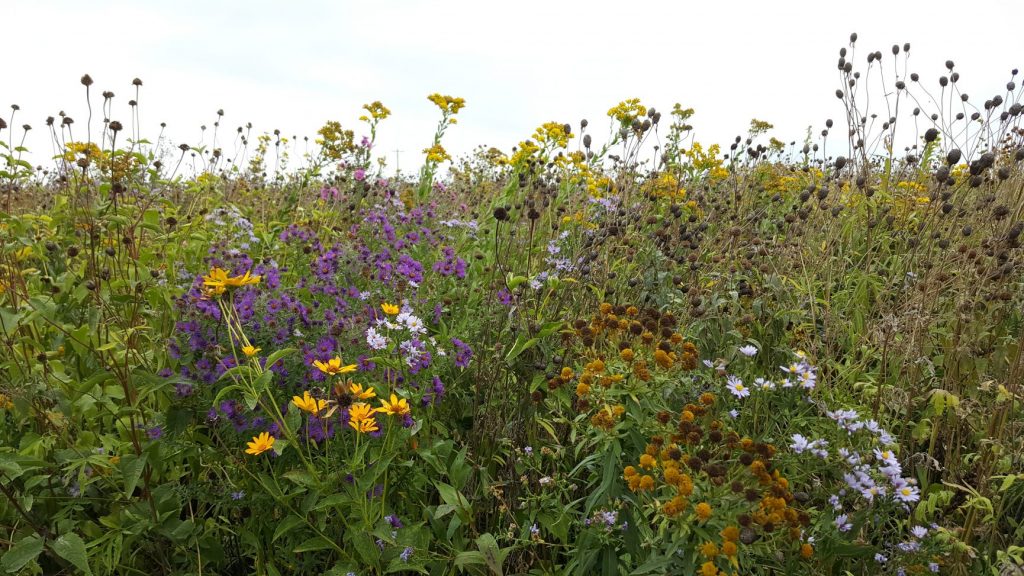
Each of the above groups of grasses and forbs provide their own benefits to a native stand. By combining species from all of these groups, you can achieve a wider range of goals, ultimately benefiting both the land and the wildlife that call it home. Successful diverse stands can show positive results ranging from an increase in forage for your cattle, to an increase in the number of roosters you harvest each year.
One thing that we cannot stress enough is that a typical native seeding, if enrolled in a CRP program, lasts 10-15 years. Other wildlife easement or program related projects are even longer lived. We want this to be an enjoyable and rewarding process and are here to help you establish your goals and do it right the first time.
It’s never too early to start the planning process. The more proactive you are in laying out your objectives and timelines, the sooner you can start enjoying the fruits of your labor. There’s nothing more rewarding than planning, implementing and managing a piece of ground then to see it through to the final product.
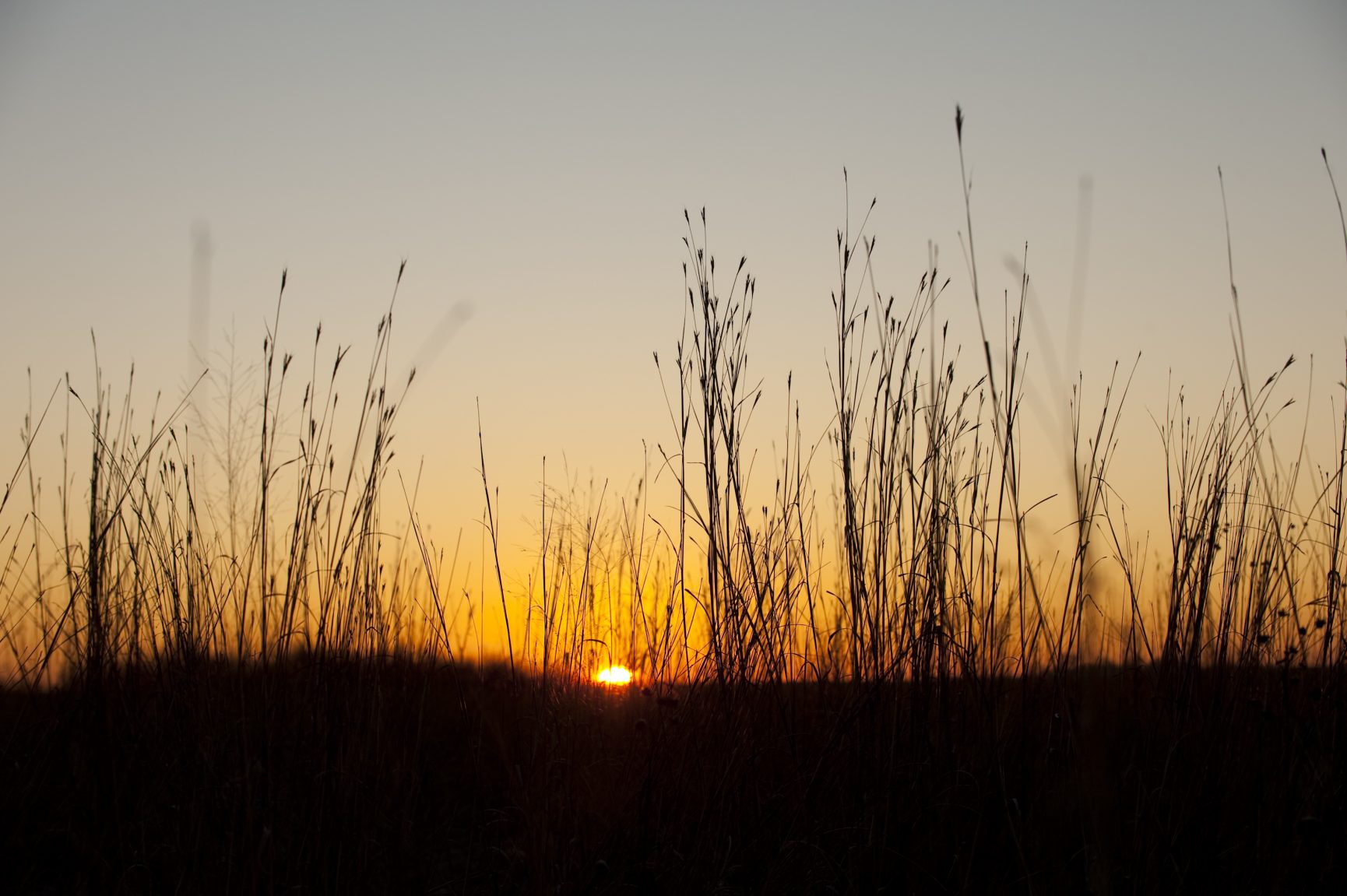
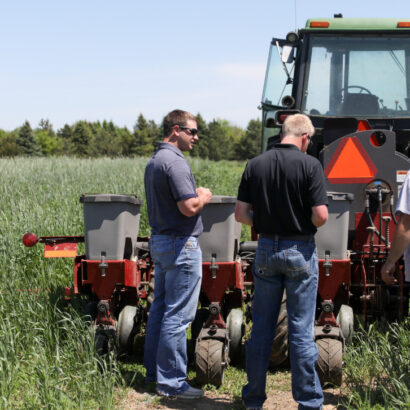
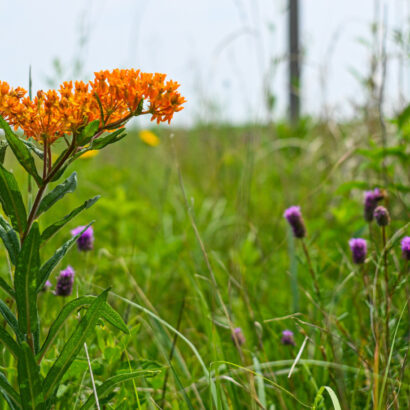
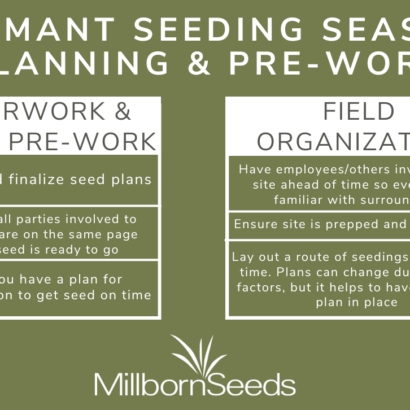
Discussion
0 Comments